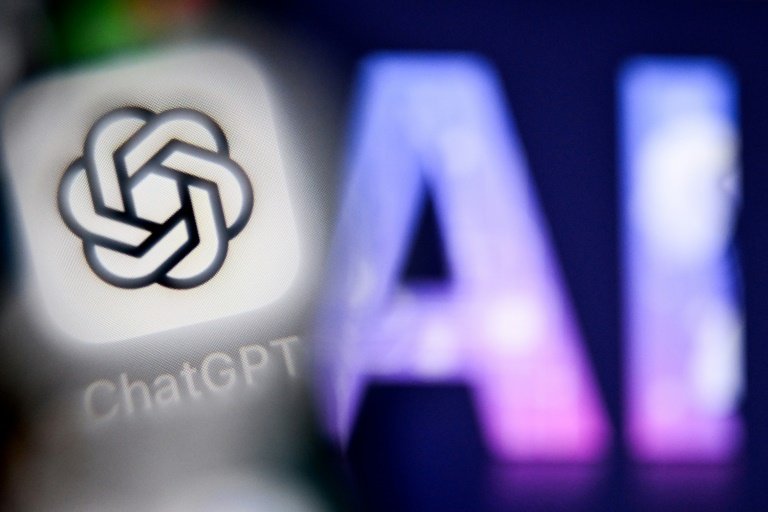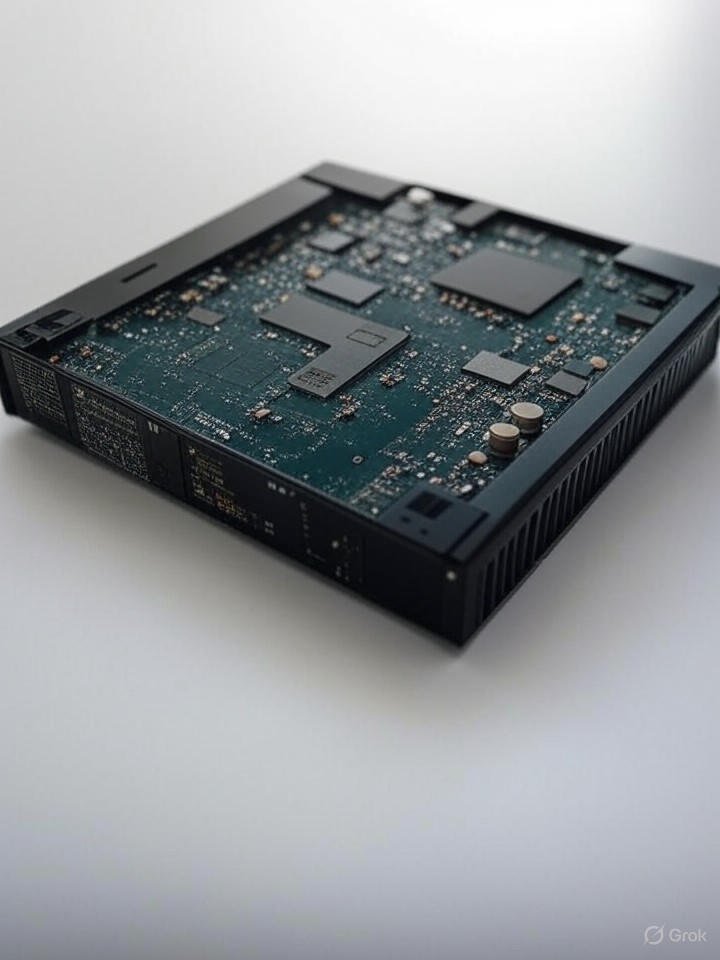In a move that could reshape drug discovery, researchers at Harvard Medical School have designed an artificial intelligence model capable of identifying treatments that reverse disease states in cells.
Unlike traditional approaches that typically test one protein target or drug at a time in hopes of identifying an effective treatment, the new model, called PDGrapher and available for free, focuses on multiple drivers of disease and identifies the genes most likely to revert diseased cells back to healthy function.
The tool also identifies the best single or combined targets for treatments that correct the disease process. The work, described Sept. 9 in Nature Biomedical Engineering, was supported in part by federal funding.
By zeroing in on the targets most likely to reverse disease, the new approach could speed up drug discovery and design and unlock therapies for conditions that have long eluded traditional methods, the researchers noted.
“Traditional drug discovery resembles tasting hundreds of prepared dishes to find one that happens to taste perfect,” said study senior author Marinka Zitnik, associate professor of biomedical informatics in the Blavatnik Institute at HMS. “PDGrapher works like a master chef who understands what they want the dish to be and exactly how to combine ingredients to achieve the desired flavor.”
The traditional drug-discovery approach — which focuses on activating or inhibiting a single protein — has succeeded with treatments such as kinase inhibitors, drugs that block certain proteins used by cancer cells to grow and divide. However, Zitnik noted, this discovery paradigm can fall short when diseases are fueled by the interplay of multiple signaling pathways and genes. For example, many breakthrough drugs discovered in recent decades — think immune checkpoint inhibitors and CAR T-cell therapies — work by targeting disease processes in cells.
The approach enabled by PDGrapher, Zitnik said, looks at the bigger picture to find compounds that can actually reverse signs of disease in cells, even if scientists don’t yet know exactly which molecules those compounds may be acting on.
How PDGrapher works: Mapping complex linkages and effects
PDGrapher is a type of artificial intelligence tool called a graph neural network. This tool doesn’t just look at individual data points but at the connections that exist between these data points and the effects they have on one another.
In the context of biology and drug discovery, this approach is used to map the relationship between various genes, proteins, and signaling pathways inside cells and predict the best combination of therapies that would correct the underlying dysfunction of a cell to restore healthy cell behavior. Instead of exhaustively testing compounds from large drug databases, the new model focuses on drug combinations that are most likely to reverse disease.
PDGrapher points to parts of the cell that might be driving disease. Next, it simulates what happens if these cellular parts were turned off or dialed down. The AI model then offers an answer as to whether a diseased cell would happen if certain targets were “hit.”
“Instead of testing every possible recipe, PDGrapher asks: ‘Which mix of ingredients will turn this bland or overly salty dish into a perfectly balanced meal?’” Zitnik said.
Advantages of the new model
The researchers trained the tool on a dataset of diseased cells before and after treatment so that it could figure out which genes to target to shift cells from a diseased state to a healthy one.
Next, they tested it on 19 datasets spanning 11 types of cancer, using both genetic and drug-based experiments, asking the tool to predict various treatment options for cell samples it had not seen before and for cancer types it had not encountered.
The tool accurately predicted drug targets already known to work but that were deliberately excluded during training to ensure the model did not simply recall the right answers. It also identified additional candidates supported by emerging evidence. The model also highlighted KDR (VEGFR2) as a target for non-small cell lung cancer, aligning with clinical evidence. It also identified TOP2A — an enzyme already targeted by approved chemotherapies — as a treatment target in certain tumors, adding to evidence from recent preclinical studies that TOP2A inhibition may be used to curb the spread of metastases in non-small cell lung cancer.
The model showed superior accuracy and efficiency, compared with other similar tools. In previously unseen datasets, it ranked the correct therapeutic targets up to 35 percent higher than other models did and delivered results up to 25 times faster than comparable AI approaches.
What this AI advance spells for the future of medicine
The new approach could optimize the way new drugs are designed, the researchers said. This is because instead of trying to predict how every possible change would affect a cell and then looking for a useful drug, PDGrapher right away seeks which specific targets can reverse a disease trait. This makes it faster to test ideas and lets researchers focus on fewer promising targets.
This tool could be especially useful for complex diseases fueled by multiple pathways, such as cancer, in which tumors can outsmart drugs that hit just one target. Because PDGrapher identifies multiple targets involved in a disease, it could help circumvent this problem.
Additionally, the researchers said that after careful testing to validate the model, it could one day be used to analyze a patient’s cellular profile and help design individualized treatment combinations.
Finally, because PDGrapher identifies cause-effect biological drivers of disease, it could help researchers understand why certain drug combinations work — offering new biological insights that could propel biomedical discovery even further.
The team is currently using this model to tackle brain diseases such as Parkinson’s and Alzheimer’s, looking at how cells behave in disease and spotting genes that could help restore them to health. The researchers are also collaborating with colleagues at the Center for XDP at Massachusetts General Hospital to identify new drug targets and map which genes or pairs of genes could be affected by treatments for X-linked Dystonia-Parkinsonism, a rare inherited neurodegenerative disorder.
“Our ultimate goal is to create a clear road map of possible ways to reverse disease at the cellular level,” Zitnik said.
Reference: Gonzalez G, Lin X, Herath I, Veselkov K, Bronstein M, Zitnik M. Combinatorial prediction of therapeutic perturbations using causally inspired neural networks. Nat Biomed Eng. 2025:1-18. doi: 10.1038/s41551-025-01481-x
This article has been republished from the following materials. Note: material may have been edited for length and content. For further information, please contact the cited source. Our press release publishing policy can be accessed here.











































